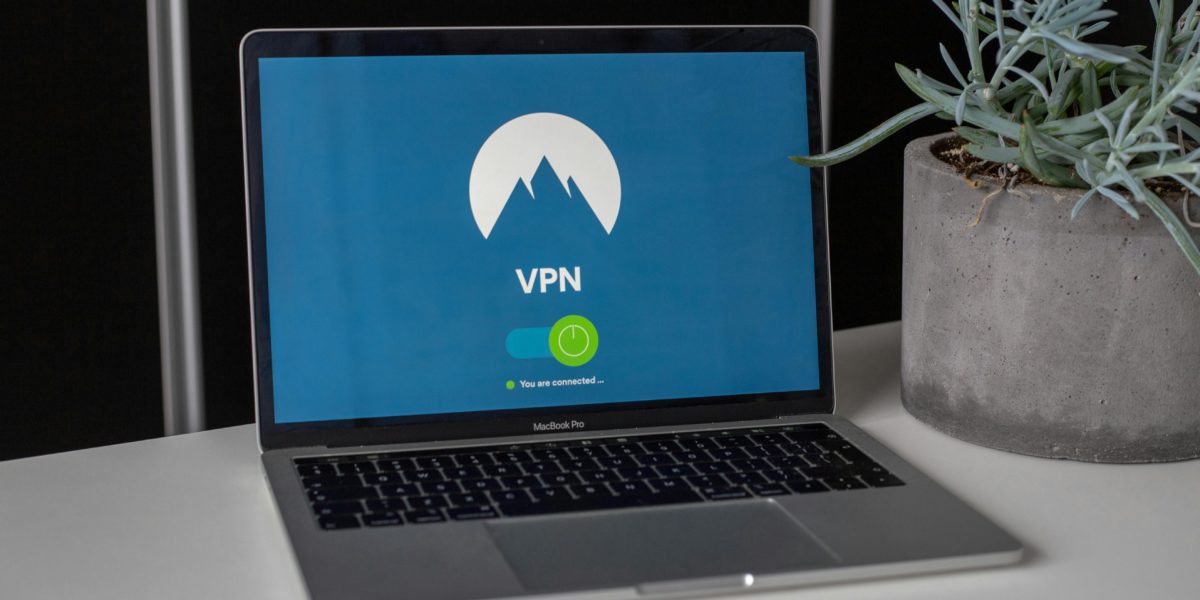I’ve been traveling to China for work on and off over the past six years — with a four-year pause during COVID. Anyone who regularly visits China (or even casually follows tech news) knows about the infamous Great Firewall — China’s government-controlled, highly advanced internet censorship system. It blocks a massive range of Western platforms, including apps like X (formerly Twitter), Instagram, Facebook, search engines like Google, and pretty much every major US and European news site.
The Old Days: Hotel VPNs to the Rescue (Sort Of)
For a while, Western hotel chains — Marriott, Hilton, Sheraton, etc. — provided built-in VPNs, allowing guests to access the unrestricted internet. But in October 2019, during the 70th anniversary of the founding of the People’s Republic of China, those hotel VPNs mysteriously disappeared.
I happened to be staying at the Hilton Shenzhen Futian at the time. My business partner and I often chose this hotel due to the friendliness of the staff, as well as its convenient location in the Futian Central Business District of Shenzhen. After a few days of using Western websites without issue, things changed. We woke up one morning and tried to check our Gmail accounts, only to realize we couldn’t connect. At first, I assumed the hotel Wi-Fi was down. We were on the executive floor and spent most of our working hours in the club lounge, so over breakfast, we asked the concierge what was going on. The response was equal parts amusing and frustrating:
“The internet? It works fine.”
“VPN? No, we’ve never had a VPN here.”
Of course, both statements were false — but that’s just how things work.
Frequent travelers to China know that having a reliable VPN is a must, since even if you expect your hotel to provide restriction-free internet, you still need to unfettered access information on your phone throughout the day. At the time, I was using NordVPN, which did work — kind of. Their obfuscated servers could still bypass the firewall, but it involved a clunky setup: manual IP configuration on phones and completely manual VPN server setups on laptops. We used NordVPN throughout the rest of our 2019 trip, but as things would happen it would be four years before we needed to test it again in the Middle Kingdom.
Post-COVID Travel: Some Things Got Better
When I returned in fall 2023, I was pleasantly surprised to see that some things had improved:
- You could finally buy train tickets via WeChat without needing a physical paper ticket. Just swipe your passport at the gate.
- By fall 2024, US credit cards finally worked on WeChat — a total game-changer. No more begging Chinese friends to transfer money or trying to open a Chinese bank account (which I did in 2018 — story coming soon).
But One Big Problem Remains: Internet Access
Unfortunately, VPN access is still a mess. Hotel VPNs haven’t returned, and the most commonly recommended VPNs — NordVPN, ExpressVPN, Surfshark — are mostly unreliable in China. While many aspects of digital life got easier for foreigners traveling in China, NordVPN got undeniably worse. In addition to the clunky manual configuration, its effectiveness became even spottier, often disconnecting and rendering Western websites completely unusable.
If you Google “VPNs that work in China,” you’ll find countless blog posts and tech articles filled with affiliate links and misleading claims. They’ll all tell you that these VPNs work with “minor configuration tweaks.” I’ve tested all of them extensively — I’ve read the Reddit threads; I’ve contacted support — and can confidently say: most of those people have never actually been to China.
These providers focus on mass-market sales, not on real-world performance in China.
So What Does Work?
Here’s the good news — there are solutions.
Option 1: The DIY Method — Home Router VPN Tunnel
Set up a VPN server at your home or office:
- Use a router with built-in VPN support (like OpenVPN or WireGuard).
- Connect from China using your home IP address, which probably isn’t on any blacklist.
- Bonus: This is cheap and fairly reliable.
- Downside: If your IP address changes and you didn’t get a static IP, you may be locked out until you reconfigure things.
Option 2: The Simple (and Reliable) Way — Mullvad VPN
After testing several VPNs on my most recent trips, Mullvad VPN stood out.
- It just works.
- It’s consistent, simple to use, and lightweight.
- It costs $5/month, no long-term contract.
- No bloated apps — unlike NordVPN, which takes nearly a minute to launch on my laptop.
This is not a sponsored post — I just want to help others avoid the same frustration I went through.
VPN Price & Performance Comparison
| VPN Provider | Monthly Price (1 mo) | 24-Month Price (per mo) | Works in China | App Size | Notes |
|---|---|---|---|---|---|
| Mullvad VPN | $5.00 | N/A | ✅ Consistently | Lightweight | No account required, flat rate |
| NordVPN | $13.99 | $3.99 | ❌ Inconsistent | Heavy | Frequent disconnects, bloated app |
| ExpressVPN | $12.95 | $4.99 | ❌ Inconsistent | Medium | Sometimes crashes |
| Surfshark | $17.95 | $2.69 | ❌ Unreliable | Medium | Occasional success, but mostly blocked |
I’ll continue testing other lesser-known VPNs and update the list with any additional findings. If you are aware of other convenient and actually useful VPNs, please contact us to let us know!
Bonus Tips for Reliable Internet in China
1. Public Wi-Fi Identity Verification
China now requires ID verification to connect to most public Wi-Fi networks — a huge problem for foreigners without a Chinese ID. The result? You’ll often find Wi-Fi, but you won’t be able to use it.
2. Get a Chinese SIM Card
The workaround? Get a Chinese SIM card. It sounds intimidating, but it’s easy:
- Hotel concierge desks often help arrange one.
- Plans start at $15/month, include unlimited data + tethering.
- With a VPN on your phone, you can tether your laptop and access the outside world easily.
- Speeds in urban areas are excellent — 5G in China is fast, even behind a VPN.
3. Starlink (😉)
And yes — Starlink “definitely doesn’t” work in China if you’re on a US plan. 😉

